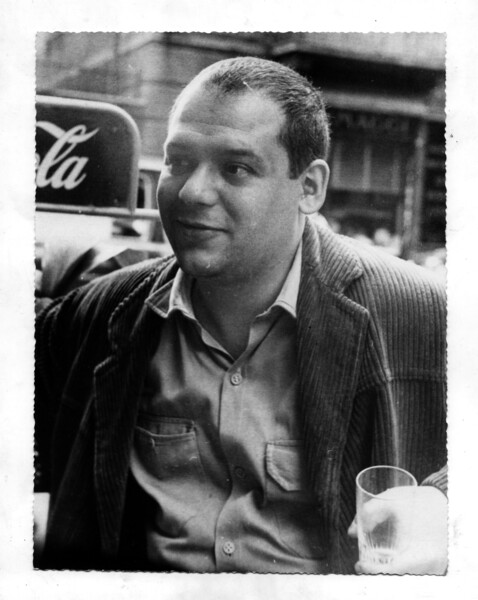Essays
Wonderful Minds: Piero Manzoni and Francis Picabia
by Liberté Nuti

Francis Picabia, Composition abstraite, 1951 © ADAGP, Paris and DACS, London 2019
‘Beyond a certain point there is no return. This point has to be reached.’ —Franz Kafka
Re-discovering artists, contextualizing and re-contextualizing. The story of modern art is on the mend; subtle paths are emerging.
Today, one wonders where the frontier between abstract and figurative art lay.
In truth, they live side by side. They are just different facets of art, not opposite poles. Once Iwan Wirth told me: ‘If Duchamp is the father of all, then Picabia is the mother of all.’ Duchamp’s 1917 porcelain urinal opened the path to conceptual art, while at the same time his friend and alter ego Francis Picabia stuck to painting in search of derisive anti-painting. Both artists critically re-examined the creation of art through its history and principles, its coherences and rules. Manzoni found himself in a somewhat similar mindset in the mid 1950s when he created his Achrome series (painting without color). Manzoni wanted to set painting free and sought to rewrite the fundamentals. He expelled all referential images and simply embraced the raw canvas, attempting to bring art back to its primordial form.

Piero Manzoni, Milan, 1963 © Fondazione Piero Manzoni, Milan

Piero Manzoni, Achrome, 1962 – 1963 © Fondazione Piero Manzoni, Milan. Photo: Thomas Barratt
For Michel Tapié, the critic and theorist of Art Informel, Duchamp and Picabia, ‘remain, for the young, the most current, the most available.’ Picabia, a figurative painter then in his sixties, was the doyen of this group of young revolutionary avant-garde painters. In 1949, Picabia painted 41 ‘quasi-monochromes’ for one of his last exhibitions, ‘Picabia: Point at the Galerie des Deux Iles’. The elderly painter, in a last stroke of genius, traded the figurative elements for simple textured monochromatic backgrounds, covered scattered colorful dots. Picabia’s ‘dot’ series closed a sentence and opened a new paragraph. Only a few dots were to be removed for the pure monochrome to be born. Blue for Klein, black for Soulages, white for Manzoni. Manzoni’s ‘Achrome’ (1962 – 1963), made of polystyrene micro balls, recalls the magic of that ‘point.’ And, I say to myself, what wonderful minds.
Manzoni’s ‘Achrome’ and Picabia’s ‘Composition abstraite’ are part of Hauser & Wirth’s presentation at Art Basel, from 13 – 16 June 2019.
